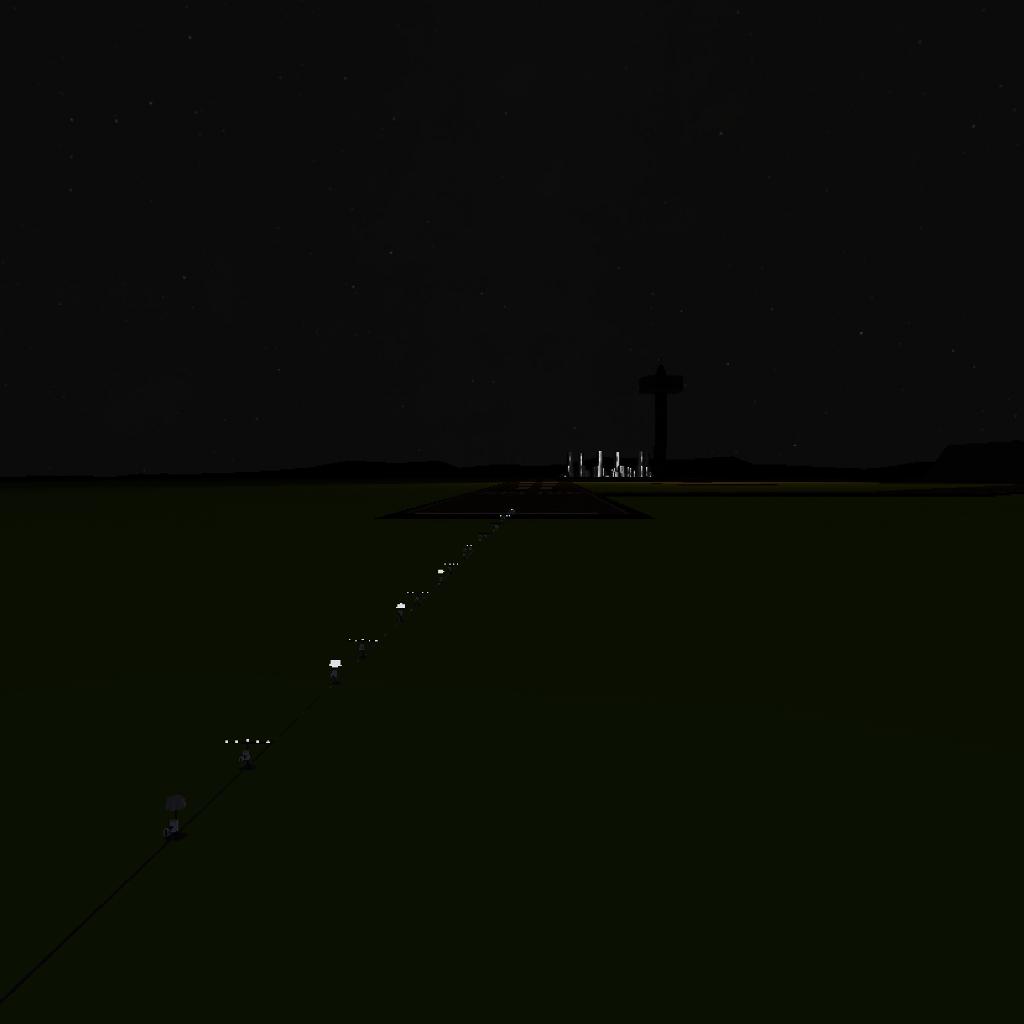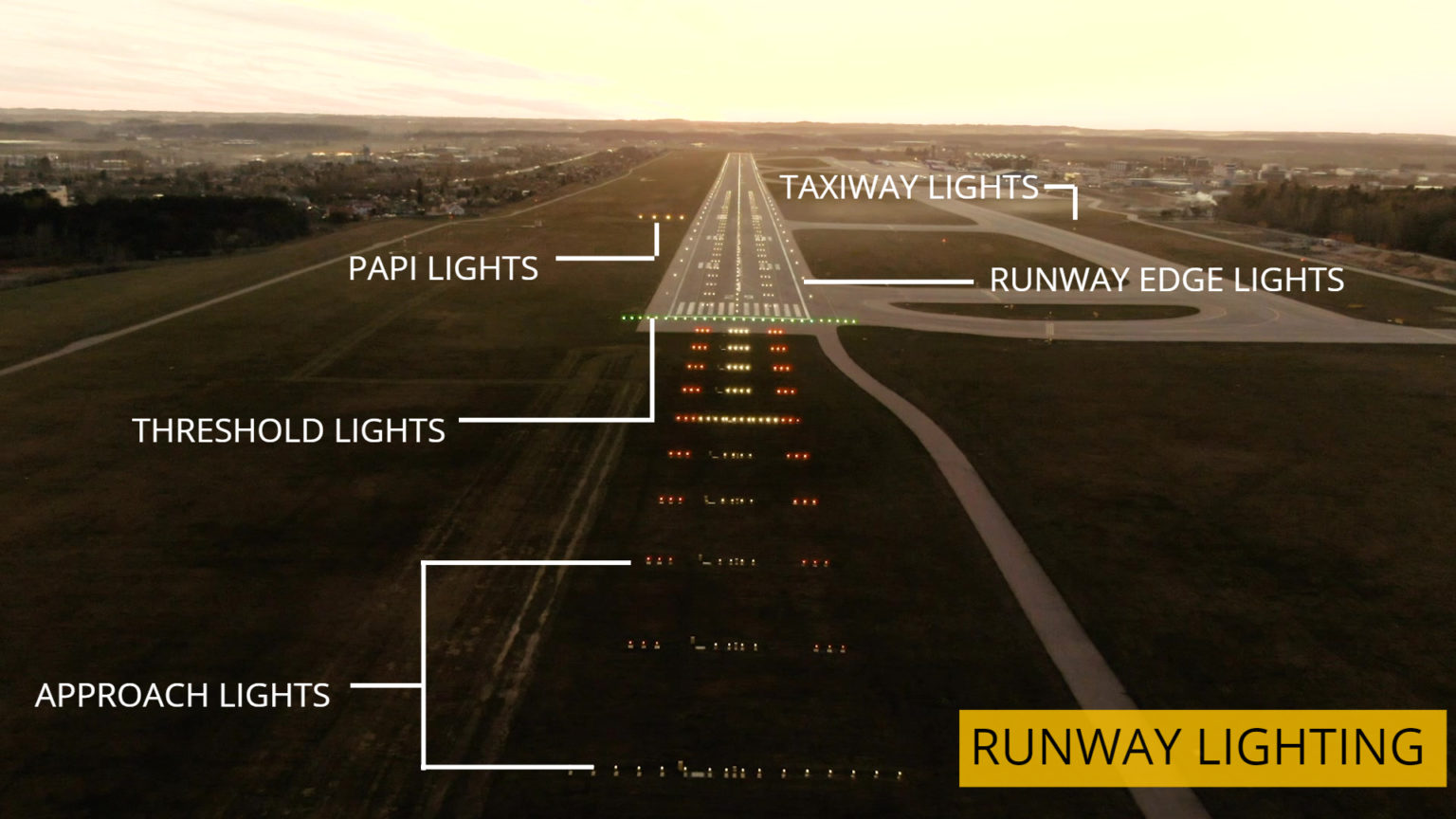

With only 2,400 feet of visibility, you probably won’t see a visual glidepath until the roll bar has passed under the nose. The PAPI or VASI is about 1,000 feet beyond the threshold, so fly attitude and resist any pitch changes. However, I’ll reiterate: Even though the ALSF-2 provides some roll and yaw information, it says nothing about glideslope.


I wouldn’t quibble over 100 feet on the edge of legal. If you can only see to the 500-foot barrette, visibility is closer to 2,300 feet. Total length for the SSALR and MALSR, including the RAIL, is 2,400 feet. Otherwise, SSALRs and MALSRs are identical. The SS means a maximum brightness that’s higher than the M.
#APPROACH LIGHTING SYSTEM FULL#
The flashing lights still extend the full 1,400 feet, but because they’re all alone for much of that they get a new name: Runaway Alignment Indicator Lights, or RAIL. The outer section only has the solid white lights for 400 feet. The SSALR and MALSR have the inner section with no side rows and half the lights turned off (so they appear every 200 feet). Good weather, low budgets or inconveniently placed shopping malls off the approach end of the runway can mean parts of the ALSF-2 get turned off or never installed. Now that you have the big picture, use the accompanying chart as we cut it down. So, here’s more trivia: you could see the red termination bars or the red side-row bars, but never both. So where are the red terminating bars mentioned in FAR 91.175? They’re on an ALSF-1, which is the same length as an ALSF-2 but has a different inner section.


 0 kommentar(er)
0 kommentar(er)
